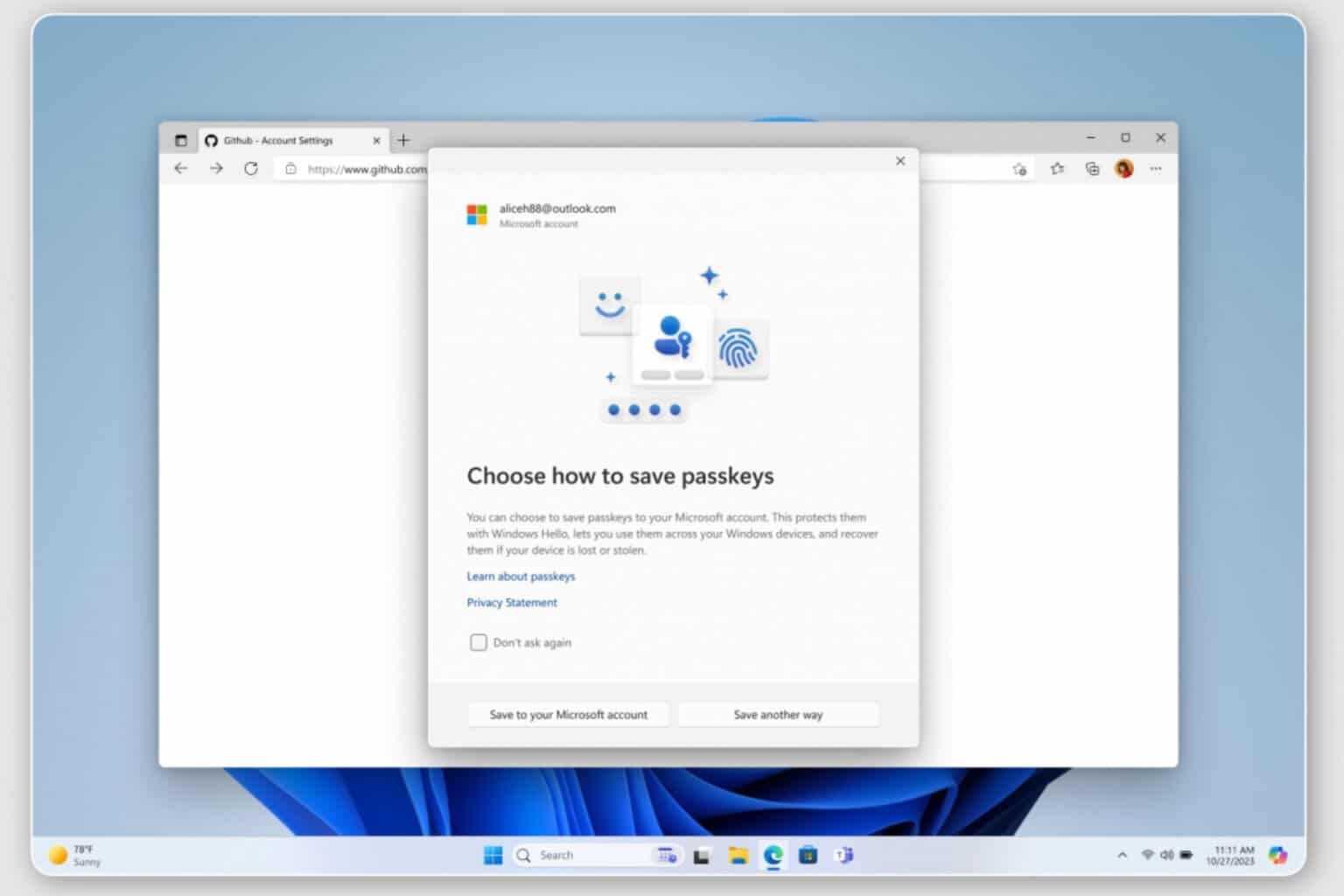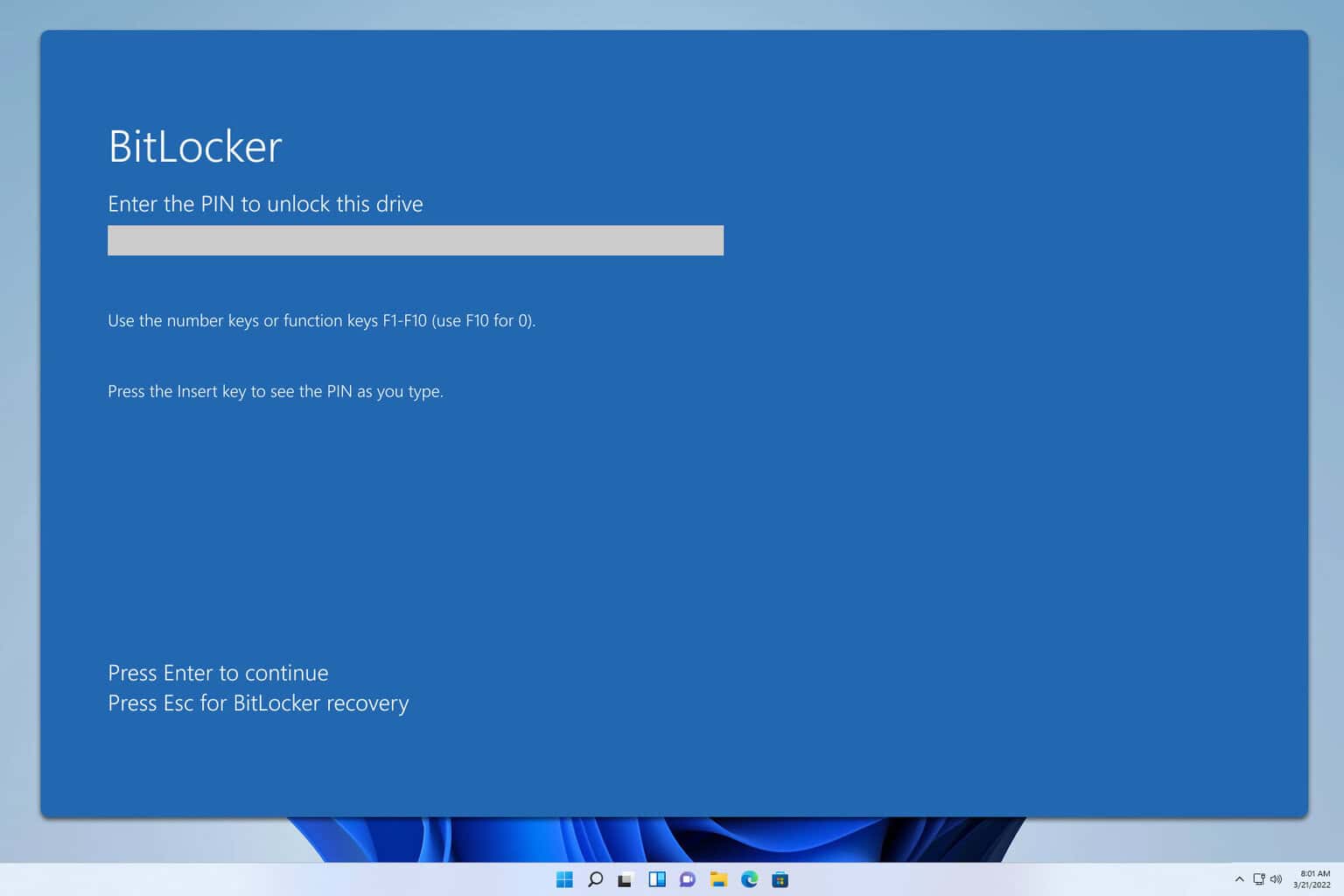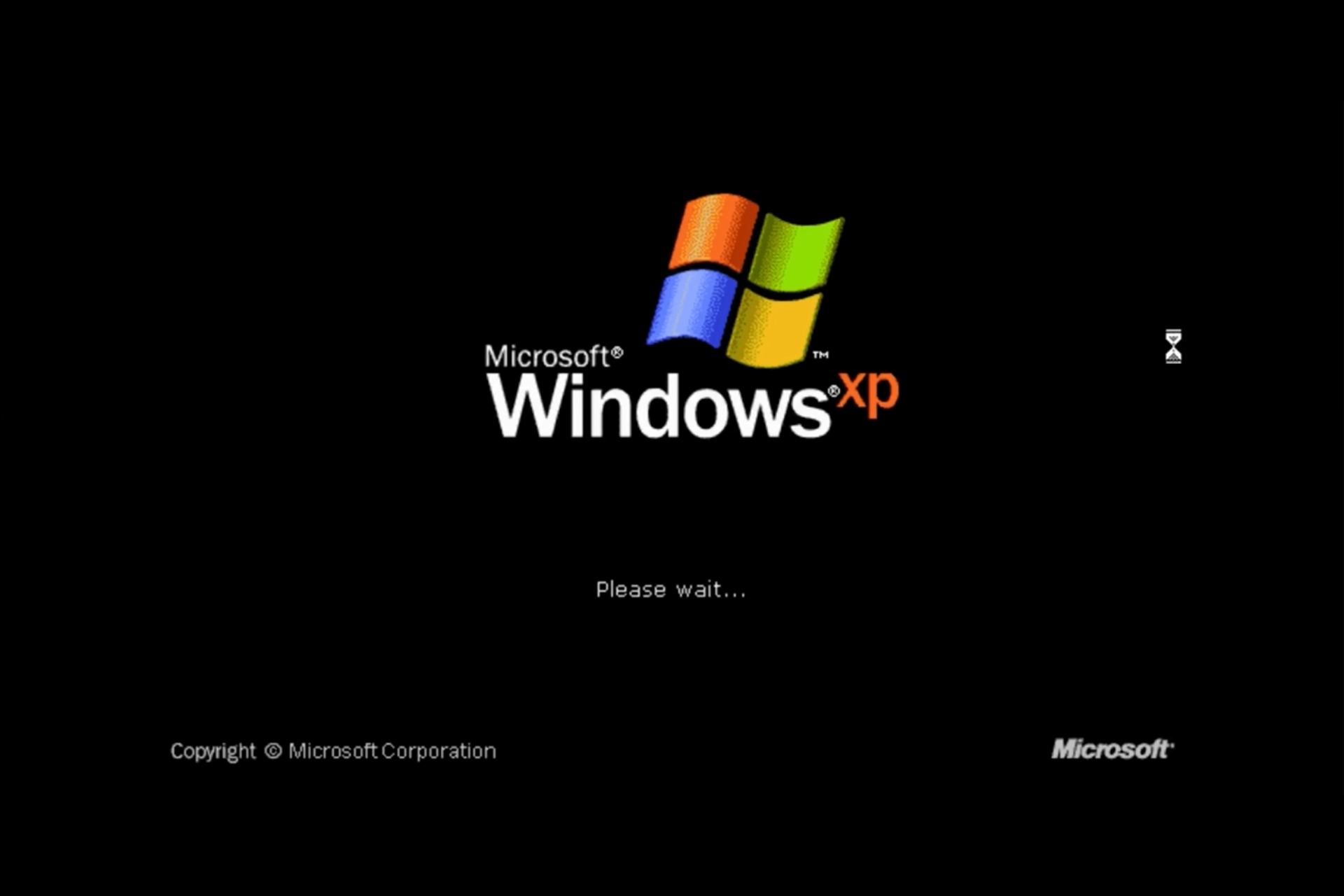Mesh in Microsoft Teams will be supported on Meta Quest, and it's going to be enhanced with custom audio experiences that mimic the real-world
All these new enhancements will be released in October.
3 min. read
Published on
Read our disclosure page to find out how can you help Windows Report sustain the editorial team. Read more

Microsoft Mesh is set to receive a string of new updates in October, which could see the platform widely adopted by organizations and personal users.
According to the latest entries in the Microsoft 365 Roadmap, three capabilities are coming to the platform: the Microsoft Mesh app on Meta Quests headsets will support hand interactions, the platform will also introduce audio zones that enable Mesh creators to craft custom audio experiences, and finally, Mesh events will also be enhanced with Teams chat support.
First, with the new hand interactions in the Mesh app, Meta Quest users can now interact with virtual spaces more intuitively. The roadmap says this enhancement will come to Meta Quest 2, 3, and Pro, enabling users to move around in event environments and interact with objects using their hands.
Motion controllers will still be supported, and users can switch between them or use their hands—and we say, better use your hands.
Microsoft Mesh app users on Meta Quest 2, 3, and Pro headsets can now use their hands to use the app, move around in event environments, and interact with objects. Motion controllers continue to be supported, and users can switch between using controllers or their hands while using the app.
The second capability focuses on crafting custom audio experiences in Mesh that can be used to build a more realistic experience inside the platform. For example, one can create a custom audio experience for a certain space that automatically lowers or restricts what audio can enter that space. This way, multiple events can take place in the same space without disturbance,
This one will also be released in October. Here’s what the entry says:
Spatial audio in Mesh provides a realistic recreation of how sound moves in the real world, with the volume of people speaking or media playing getting lower of as you move away from the source of the sound. The introduction of audio zones enables creators to craft custom audio experiences for the intended use of a space with features such as extended audio drop off distances for conversations that happen in a large area, or restricting what audio can enter a given area, to allow smaller groups to have lively conversations without disrupting their neighbors.
Finally, Mesh events will have Teams chat support, meaning all participants can use Teams chat to talk to others within the same Mesh event, whether they accessed it from a PC or Mac.
Here’s what the entry says:
Participants in Mesh events on PC and Mac can use Teams chat to communicate with all participants, across all rooms, within a Mesh event. Users can do this in the Microsoft Mesh PC app, the Mesh app in Teams, as well as in the chat message list of the Teams app.
All these capabilities promote a hybrid human interaction in Microsoft Mesh, something the Redmond-based tech giant promised a while ago. Suppose we’re thinking about audio experiences that, by the description, mimic real-world environments and users being able to move their hands to express themselves better on the platform. In that case, we say Mesh is on the right track.
However, we’ll have to wait until October to see it.








User forum
0 messages